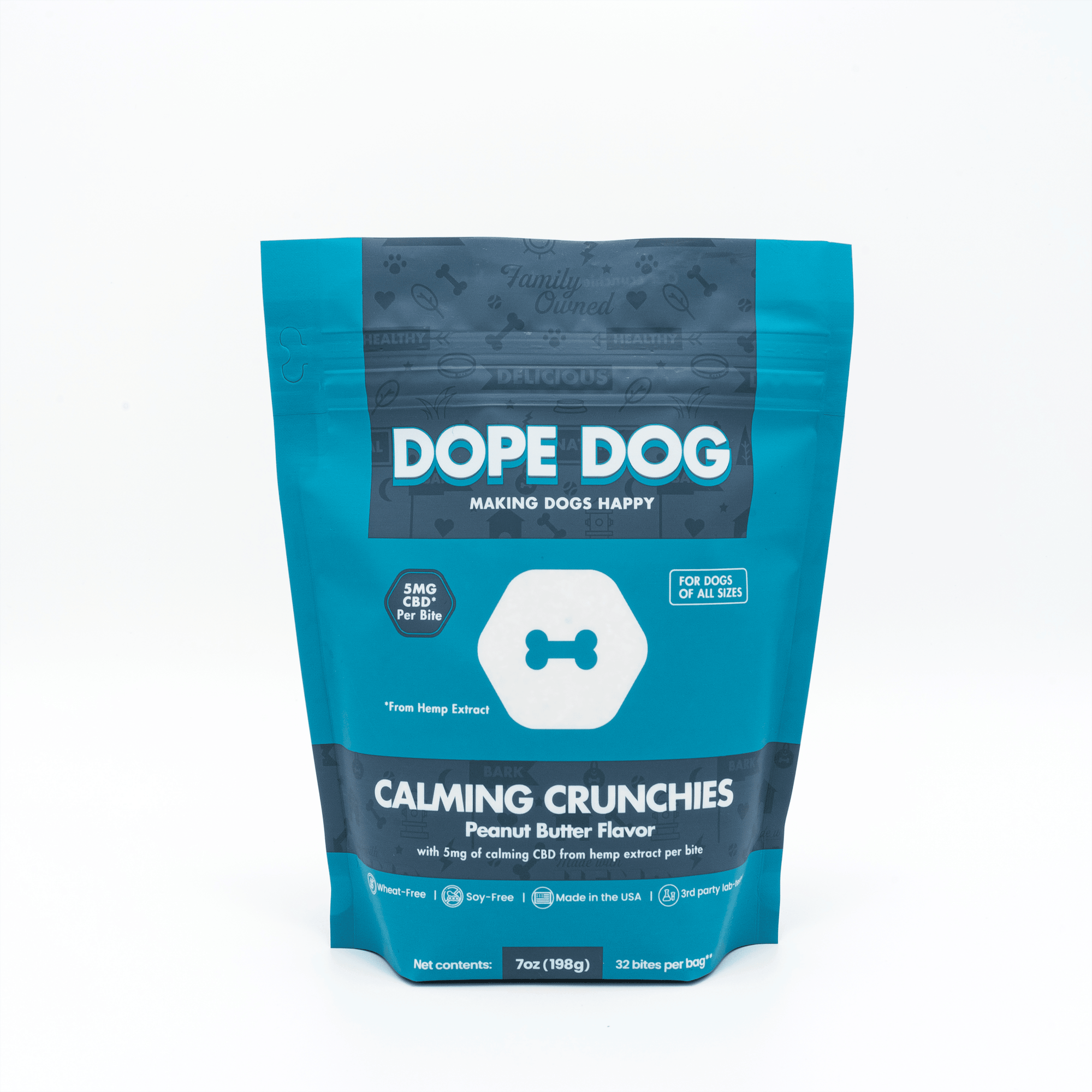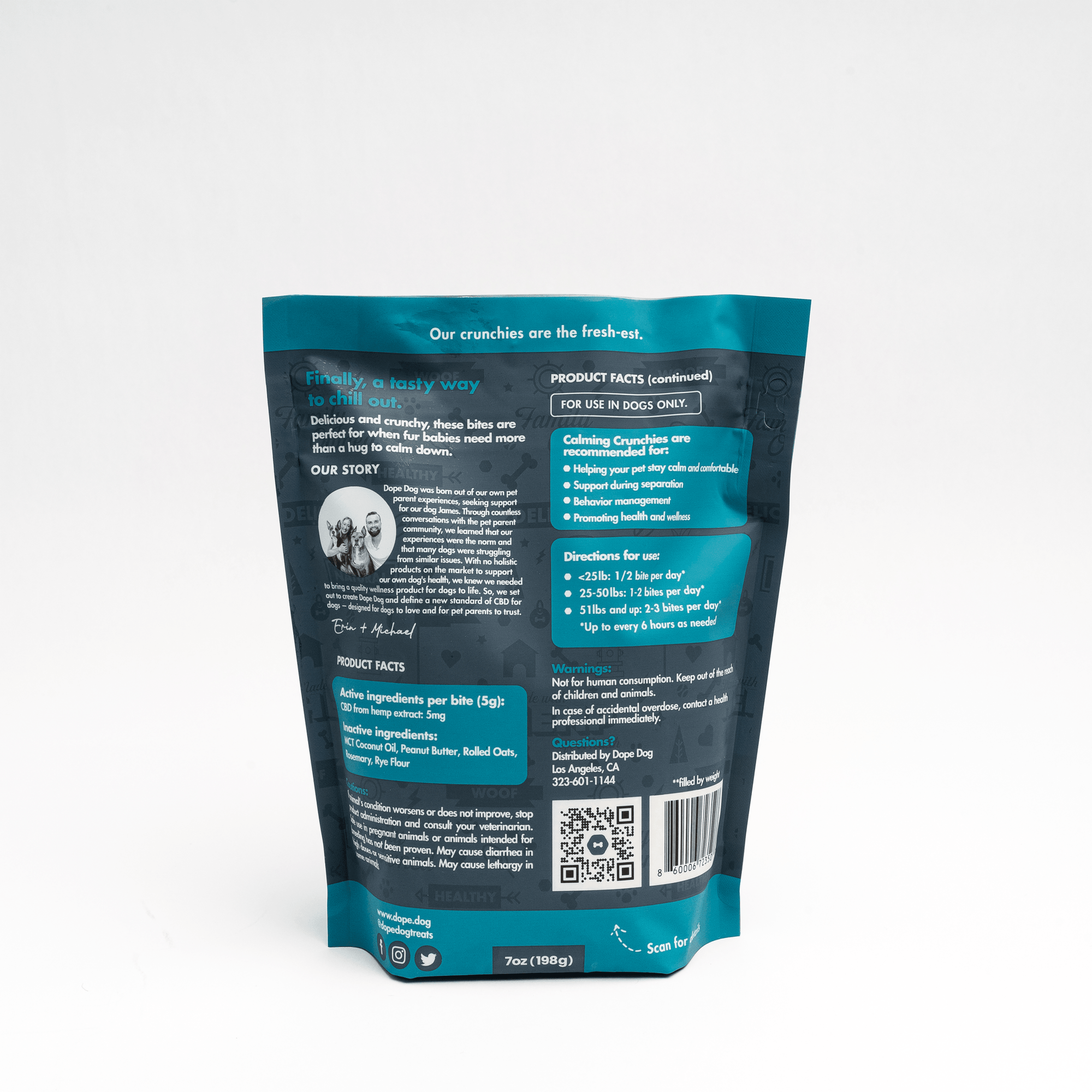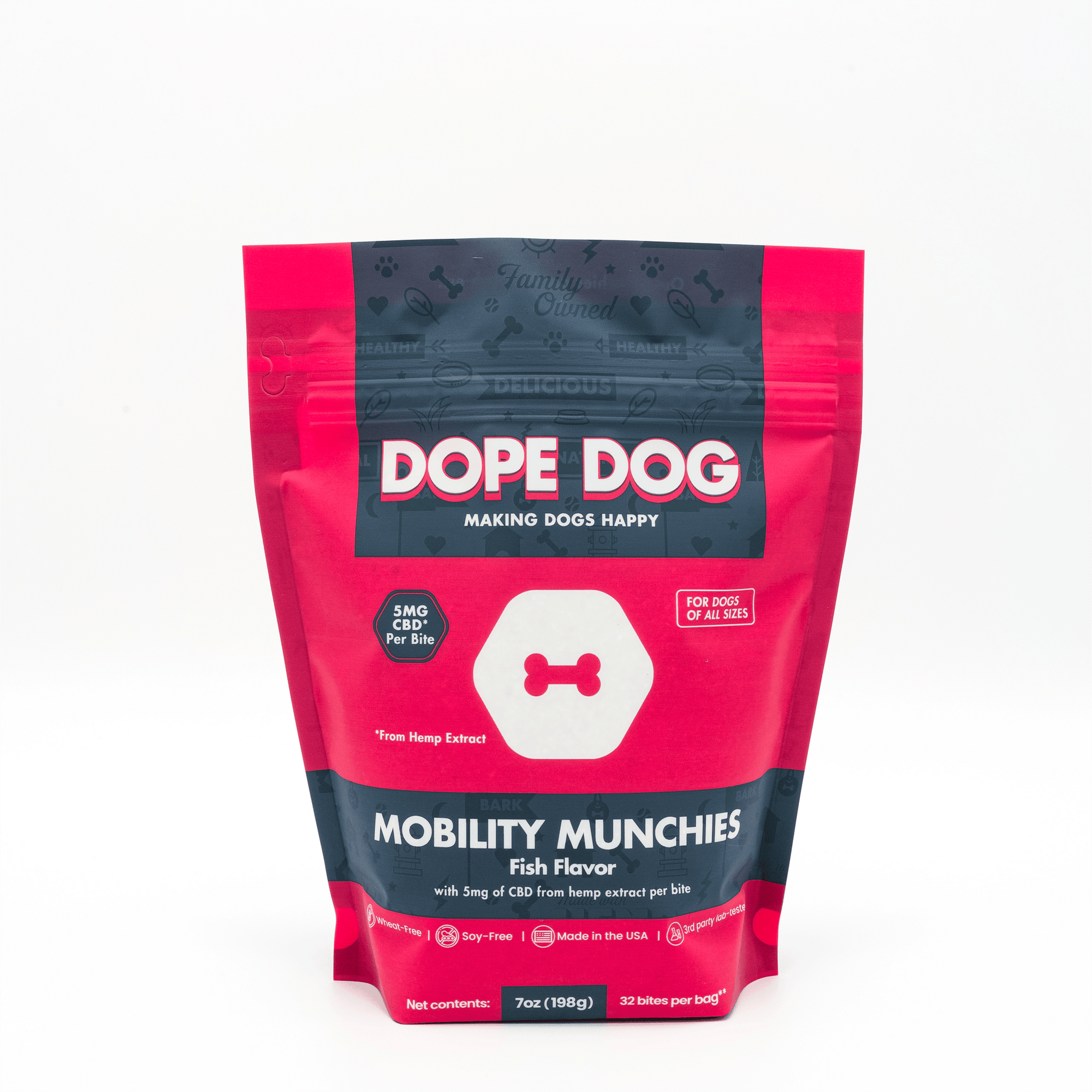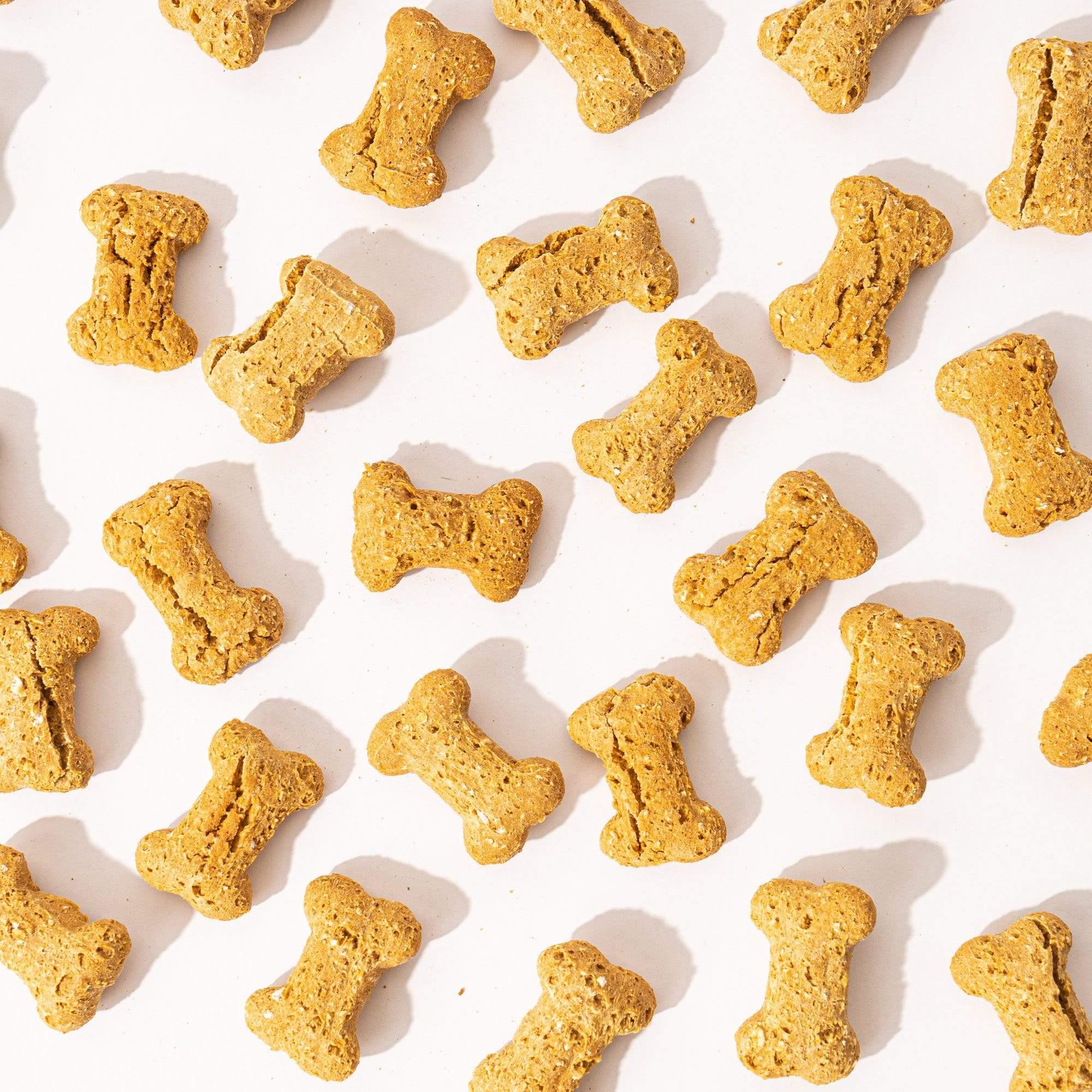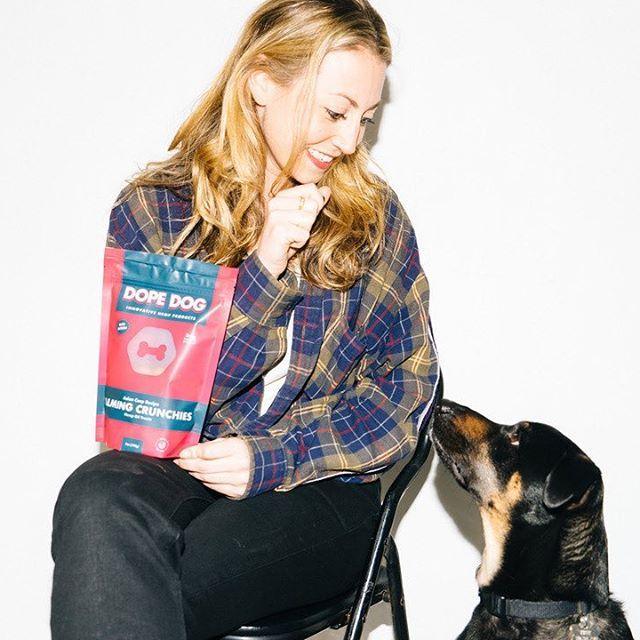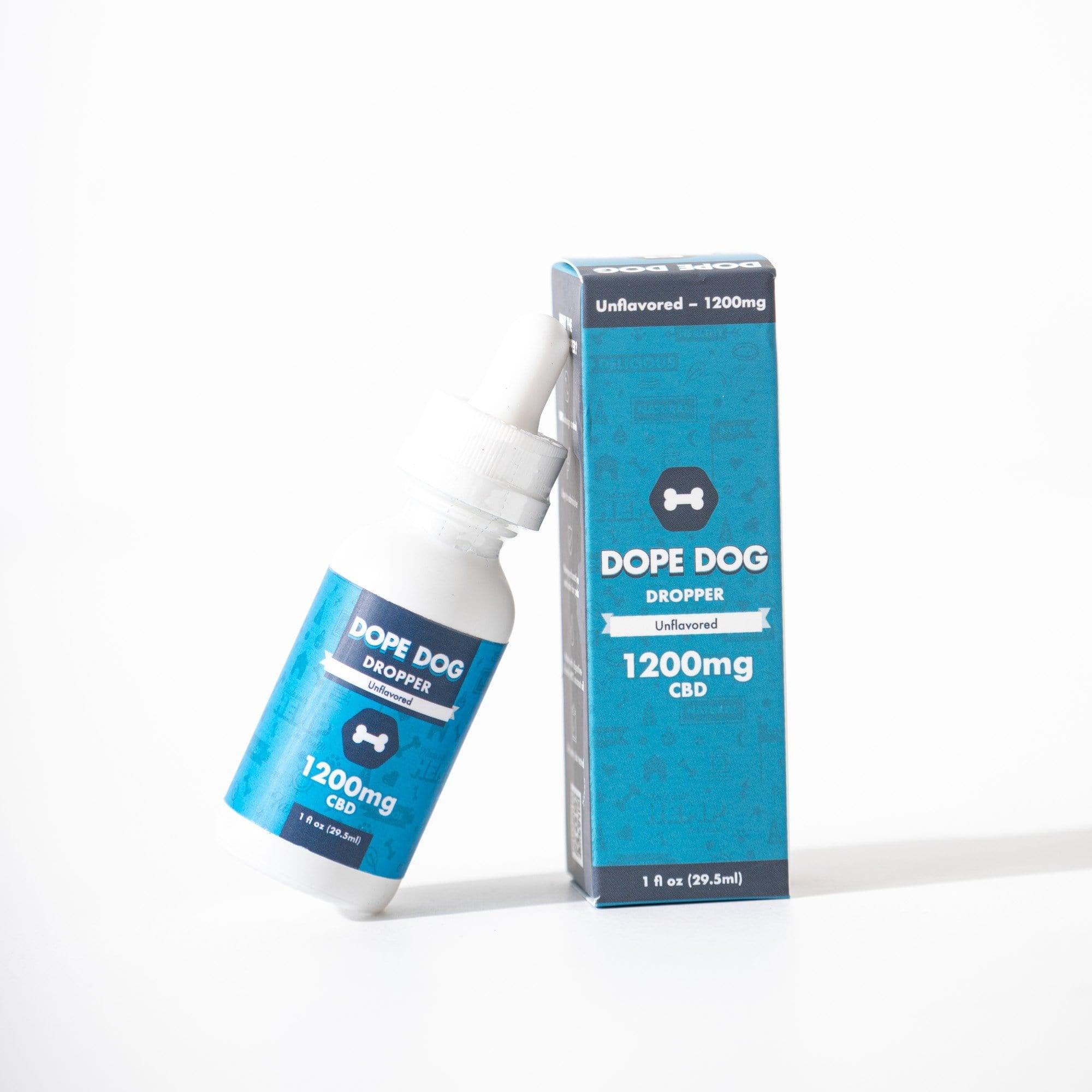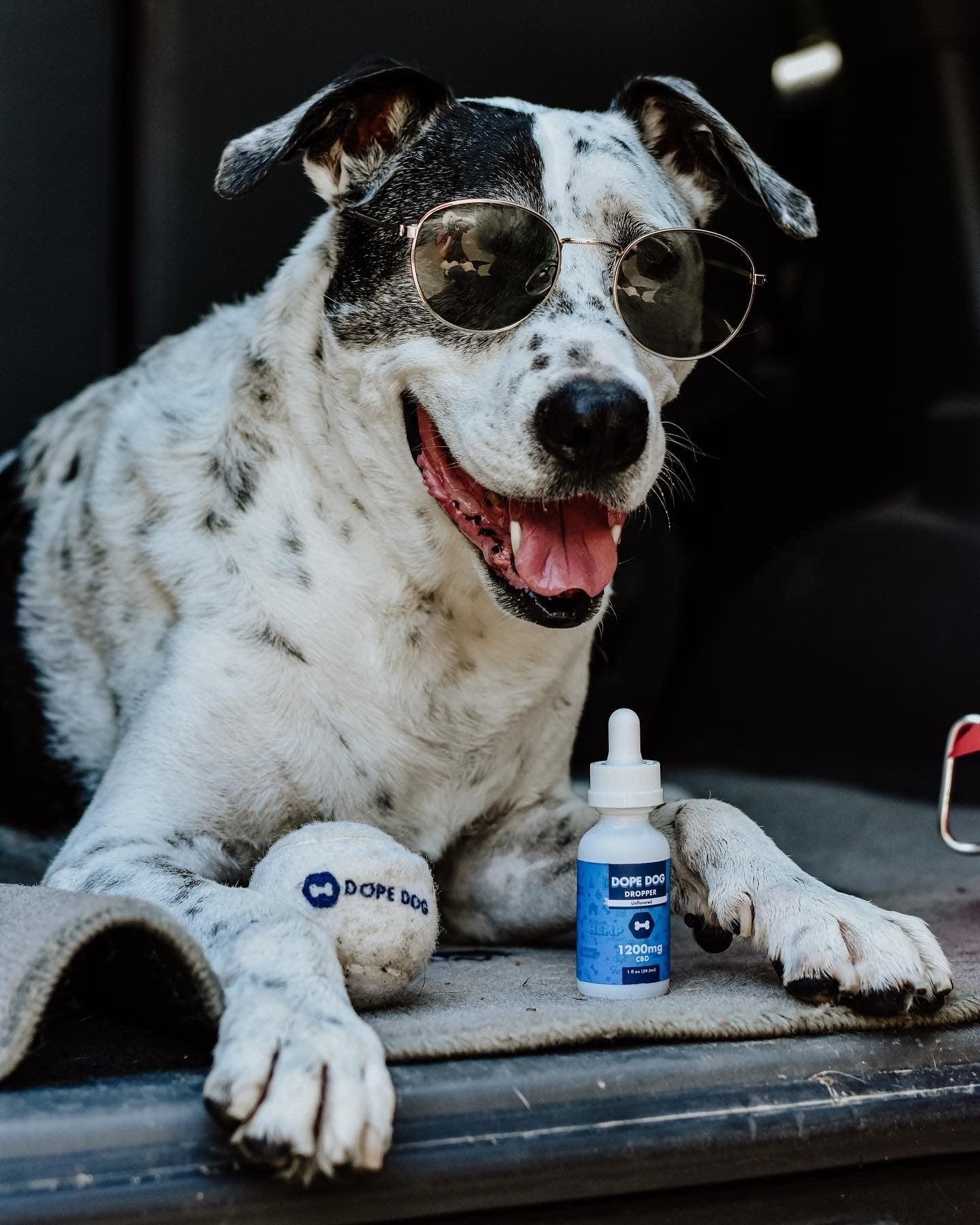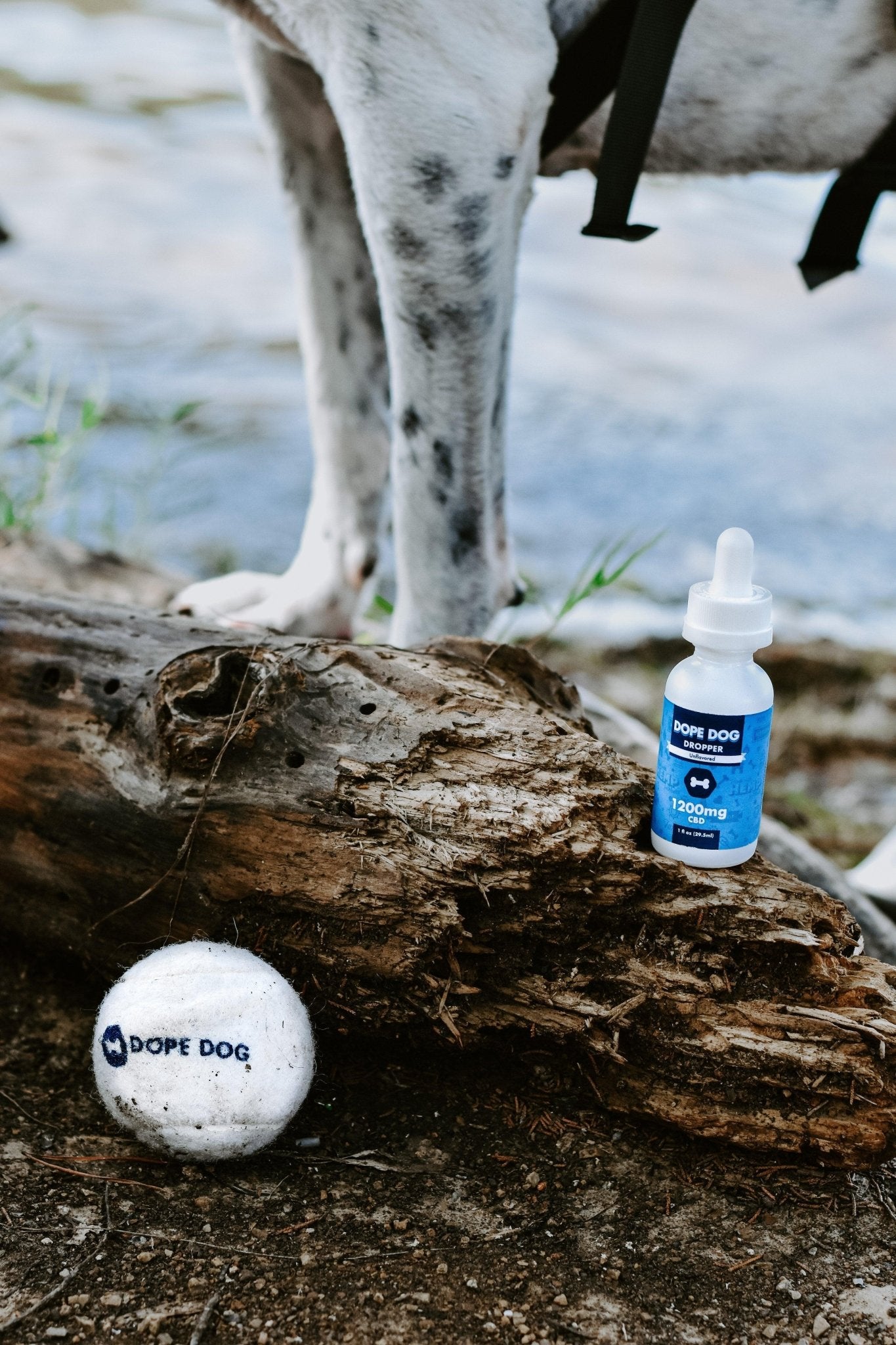Understanding the Reasons for Your Dog’s Dark Vagina
Welcome to our blog, where we'll shed light on why your dog's vagina might darken. As responsible pet parents, it's important to be in the know about the changes our furry pals go through. Some changes are normal, while others might signal underlying health issues.
In this article, we'll dig into the possible causes, like hormonal shifts, infections, pregnancy, and aging, behind this change. Understanding these reasons will help you ensure your dog's well-being. We'll also explore signs like unusual discharge, swelling, behavior changes, and discomfort that often come with a darkened vagina, so you can spot any issues early.
Knowing when to seek vet help is key, and we'll provide guidelines for when a visit is warranted. Early intervention can prevent complications and provide effective treatment. Plus, we'll cover treatment options and preventive measures, including regular vet check-ups, to maintain your dog's reproductive health.
Stay informed, and let's get to the bottom of why your dog's vagina might darken together.

Are you curious about including other Calming Crunchies treats? Learn more at Dope Dog’s CBD Dog Treats!
Introduction: Understanding Your Dog’s Physical Changes
Understanding the physical changes in our dogs is vital for their well-being. One significant aspect of this is the color variation in a female dog's vagina, which can range from pale pink to darker shades. In this blog post, we'll explore why a dog's vagina may darken, considering factors like hormonal shifts, infections, pregnancy, and aging.
We'll also discuss accompanying signs, such as unusual discharge, swelling, behavior changes, and discomfort. While we aim to provide comprehensive information, remember to consult a veterinarian for a precise diagnosis and tailored treatment. Let's dive into the possible reasons behind your dog's vaginal color change to better care for your furry friend.
Related: Why is My Dog Rubbing His Face On The Floor?
Possible Causes for the Darkening of Your Dog's Vagina
A dog's vaginal color change can have various causes, some normal and some indicating health issues. These include hormonal shifts, particularly during reproductive cycles like estrus, which increase blood flow and darken the vagina temporarily. Infections, such as bacterial or yeast infections and certain diseases, can also lead to discoloration, often accompanied by unusual discharge or odor. Pregnancy and aging can cause hormonal fluctuations, resulting in changes in vaginal color.

Source: https://www.chewy.com/
To determine the specific cause, it's crucial to consult a veterinarian, who can conduct exams and tests for an accurate diagnosis and appropriate treatment. In the next section, we'll cover accompanying signs and symptoms to help you assess your dog's condition and decide if veterinary attention is needed.
Related: Why is My Dog Not Eating But Drinking Water?
Signs and Symptoms That Accompany Darkening of a Dog's Vagina
When the color of a dog's vagina darkens, it is often accompanied by certain signs and symptoms. Recognizing these indicators is crucial in assessing your dog's condition and determining if further veterinary attention is required. Let's explore the common signs and symptoms that may accompany the darkening of a dog's vagina:
- Discharge: Abnormal discharge from the vagina is a common symptom that may accompany the darkening. The discharge can vary in color, consistency, and odor. It is essential to pay attention to any changes in your dog's discharge, such as an increase in volume, a foul smell, or a change in color.
- Swelling: Swelling or inflammation around the vaginal area is another common symptom. This swelling can range from mild to severe and may cause discomfort or pain for your dog. It is important to observe any changes in the size or appearance of the vaginal area.
- Behavioral Changes: Changes in behavior can also be indicative of an issue related to the darkening of the vagina. Your dog may exhibit signs of discomfort, such as excessive licking, scratching, or rubbing the vaginal area. Additionally, you may observe changes in their overall demeanor, such as increased irritability or restlessness.
- Physical Discomfort: Physical discomfort is often associated with the darkening of a dog's vagina. Your dog may display signs of discomfort, such as difficulty urinating, frequent urination, or pain during urination. They may also exhibit signs of pain or discomfort when sitting or walking.
It is important to note that these signs and symptoms can vary depending on the underlying cause of the darkening. If you notice any of these indicators, it is essential to consult a veterinarian for a proper diagnosis and treatment plan. Veterinary professionals can perform a thorough examination, conduct tests if necessary, and provide appropriate care for your dog.

In the next section, we will discuss when it is appropriate to seek veterinary help for your dog's darkened vagina. Understanding the circumstances that warrant professional attention will help ensure the well-being of your furry companion.
Related: Best Dope Dog Collars 2023
When to Seek Veterinary Help
Recognizing when to seek veterinary assistance for changes in your dog's darkened vagina is crucial for their overall health. If the darkening persists over an extended period or is accompanied by symptoms like abnormal discharge, swelling, behavioral changes, or physical discomfort, consulting a veterinarian is advisable.
Such changes could indicate underlying issues such as infections, hormonal imbalances, or medical conditions that require professional evaluation and treatment. It's always wise to err on the side of caution when it comes to your pet's health, as veterinary experts possess the knowledge and tools to accurately diagnose and address any concerns related to vaginal darkening. Why is My Dog Vag Dark? In the following section, we'll explore treatment options and preventive measures to ensure your dog's reproductive health and well-being are properly maintained.
Dope Dog Mobility Munchies are a simple treat for your dog. Wheat, corn, and soy-free, with no artificial flavors, make these treats a healthy choice for dogs who need ingredient restrictions.
Treatment and Prevention
Maintaining your dog's reproductive health concerning vaginal darkening involves a combination of treatment and preventive measures. Regular veterinary check-ups are essential for monitoring overall health, including the reproductive system, enabling early detection of abnormalities or changes.
Treatments, if needed, depend on the underlying cause, with hormonal changes or natural aging often requiring no specific intervention. Why is My Dog Vag Dark? In cases of infection or disease, prescribed medications like antibiotics may be necessary. Prevention plays a pivotal role; practicing good hygiene, considering spaying, ensuring regular exercise, providing a balanced diet, and avoiding risky mating behaviors can help safeguard your dog's reproductive well-being. These proactive steps, alongside timely treatment when required, contribute to ensuring your dog's reproductive health and overall quality of life.

Related: CBD for itchy dogs
In Conclusion
This blog post provides a comprehensive exploration of the reasons behind changes in a dog's vaginal color. It emphasizes the importance of understanding these changes to ensure a pet's well-being. Why is My Dog Vag Dark? The article discusses various factors contributing to vaginal darkening, including hormonal fluctuations, infections, pregnancy, and aging.
It also highlights accompanying signs and symptoms such as abnormal discharge, swelling, behavioral changes, and physical discomfort. Knowing when to seek veterinary help is underscored, especially if the darkening persists or is accompanied by concerning symptoms.
The article further delves into treatment options and preventive measures, advocating regular veterinary check-ups and offering insights into maintaining reproductive health. Why is My Dog Vag Dark? It concludes by summarizing the key takeaways for pet owners to better care for their furry companions.
![Why is My Dog Vag Dark? [MUST KNOW!!]](http://dope.dog/cdn/shop/articles/yuki-dog-7N8DLZ5WEpQ-unsplash-min-558245.jpg?v=1695413324&width=2000)

![Why is My Dog's Ear Swollen? [MUST KNOW!]](http://dope.dog/cdn/shop/articles/tim-higham-QxDXORRktWE-unsplash-555717.jpg?v=1697236049&width=1536)
